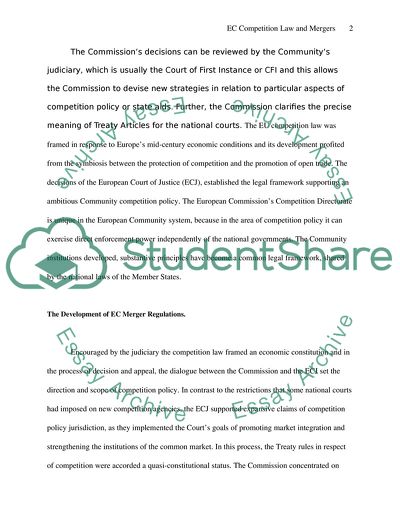Cite this document
(European Commission Competition Law Literature review, n.d.)
European Commission Competition Law Literature review. https://studentshare.org/law/1704617-master-ec-competition-law
European Commission Competition Law Literature review. https://studentshare.org/law/1704617-master-ec-competition-law
(European Commission Competition Law Literature Review)
European Commission Competition Law Literature Review. https://studentshare.org/law/1704617-master-ec-competition-law.
European Commission Competition Law Literature Review. https://studentshare.org/law/1704617-master-ec-competition-law.
“European Commission Competition Law Literature Review”. https://studentshare.org/law/1704617-master-ec-competition-law.


